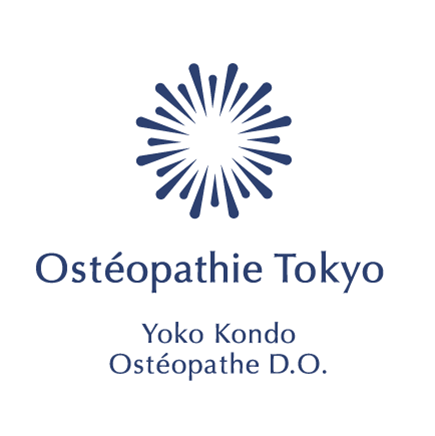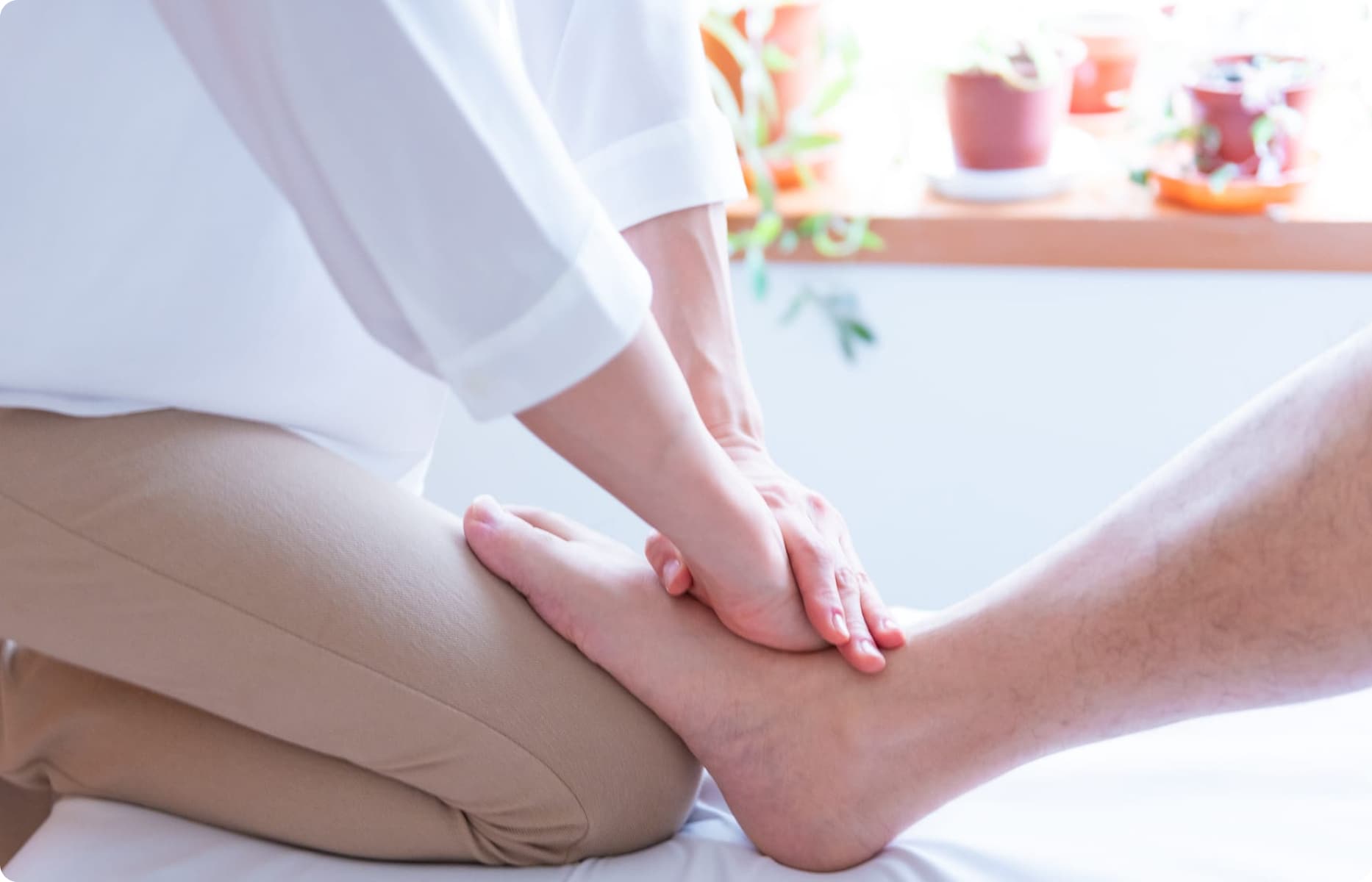
-

MENU
- Home
- Osteopathy
- Effects of Osteopathy
- Fees
- Consultation
- Profile
- Access・Contact
LANGUAGE
Osteopathy is a manual therapy used to prevent and treat problems of the human body.
In 2010 WHO defined osteopathy as the following, ‟ Osteopathy (also called osteopathic medicine) is based on manual contact for diagnosis and treatment. It takes into account the existential relationship between the body and the spirit in both health and illness. It focuses on the integrated and functional structure of the body and its intrinsic capacity for self-healing. ” 1
1. World Health Organization. Benchmarks for Training in Osteopathy. 2010.
Andrew Taylor Still developed the basic principles of osteopathy in the United States at the end of the 19th century. He founded the first school of osteopathy, the American School of Osteopathy, in 1892 in Kirksville, Missouri.
Osteopathy focuses on the relationship between the structure (anatomical components) and the physiology of the human body in order to ameliorate somatic functions, optimize homeostasis, encouraging self-regulation and self-healing of the organism.
*Homeostasis: the mechanism that enables an organism to maintain physiological equilibrium

Globality is one of osteopathy’s fundamental principles.
The human body functions as a unit in which all the organic elements work together mutually.
The connections among these intra-physical relationships require not only an examination of the specific location of pain, but also an essential investigation of the patient’s total body.
The osteopath must examine and treat the affected zone as well as various other areas.
The goal of osteopathy is of course to reduce symptoms, but also to understand how the problem arose in a patient’s body in order to create a path to a personalized therapeutic approach.
As such, osteopathic therapy adapts to each individual.
Once this process begins, the complex cause or causes of pain unravel, and the patient rediscovers their own equilibrium, facilitating improved self-regulation and a greater predisposition to self-healing.
The treatment of symptoms is far from being the sole objective. Although symptoms should be relieved, treatment should primarily serve as a key to regulate and adjust the origins of the dysfunction to the systems.
Osteopathy can help relieve a great number of functional problems. It is also beneficial in treating the symptoms of an illness as a complement to surgery or prescription drug medication.
Stiffness, discomfort, acute or chronic lumbar, thoracic or cervical pain of the upper or lower extremities, etc.
Abdominal pain, constipation, diarrhea, bloating, gastric-esophageal reflux, nausea, etc.
Headaches, cervical-brachial neuralgia, sciatica, cruralgia, also stress, anxiety, sleep problems, etc.
Headaches or migraines, feelings of oppression, palpitations, poor blood circulation, etc.
Sinusitis, rhinitis, chronic ear infections, respiratory problems, etc.
Urinary tract dysfunctions, gynecological issues such as painful or irregular periods, preparation for birth, symptoms related to pregnancy, etc.